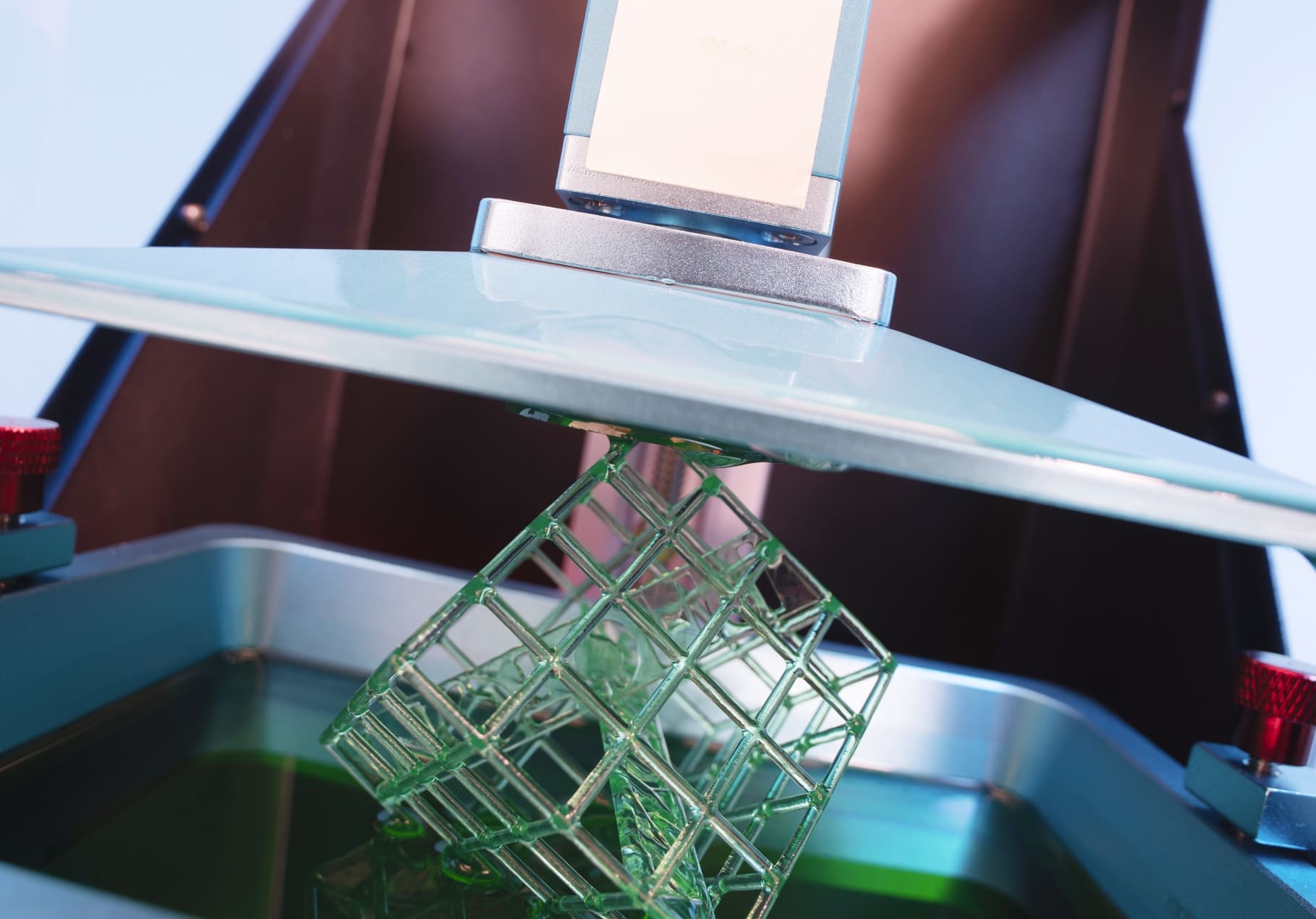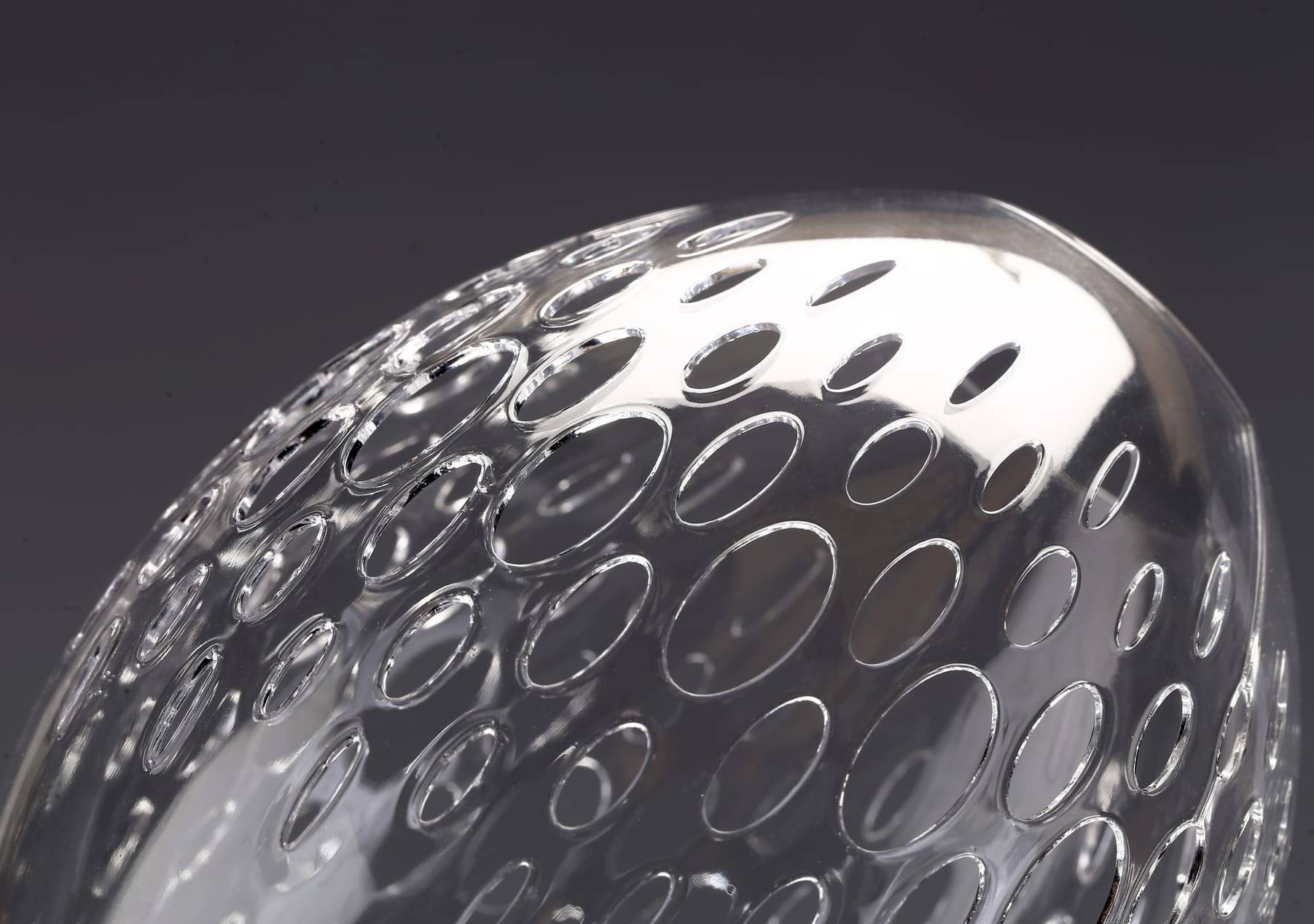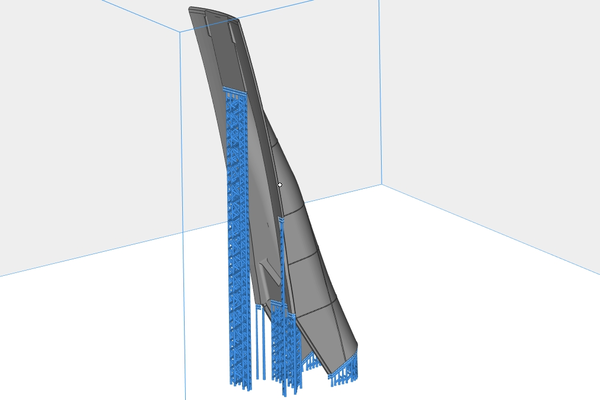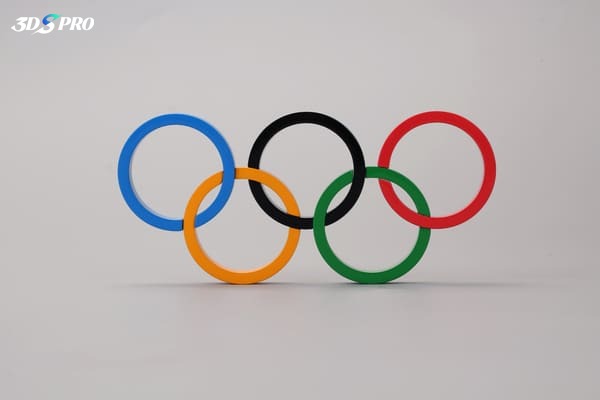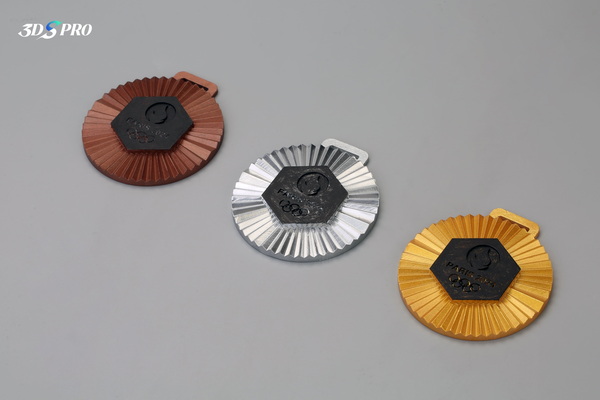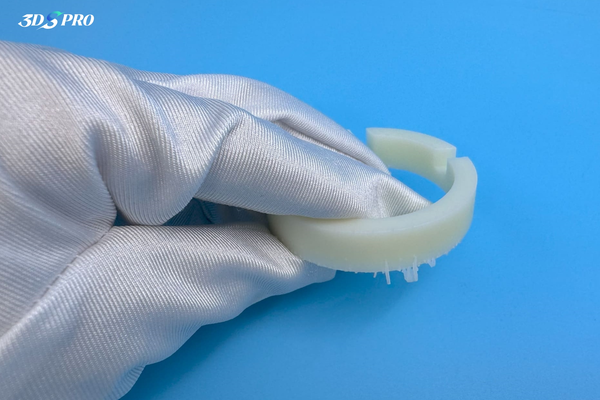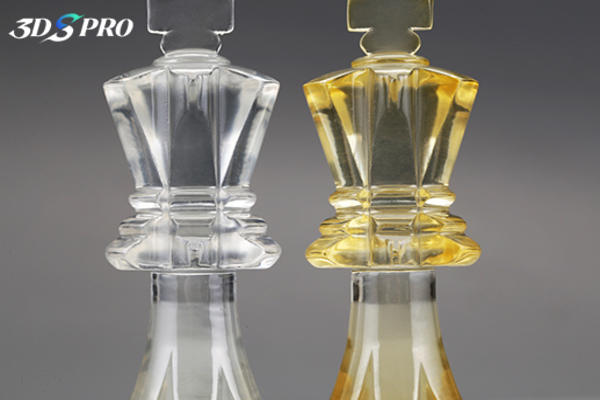While 3D printing, aka additive manufacturing, is becoming more and more popular, we find that professionals and hobbyists are exploring a wider range of materials. ABS and PLA are pretty well-known as materials for FDM, and for SLA, stereolithography, the material that is used is resin. 3DSPRO found innovators exciting for resin printed products, and we have received questions about how to keep the printed product safe and in good condition. Yellowing, warping, and cracking are common issues for resin printed parts. In this article, we will dive into yellowing and walk you through the reasons why yellowing happens, and also some tips to prevent or minimize yellowing.
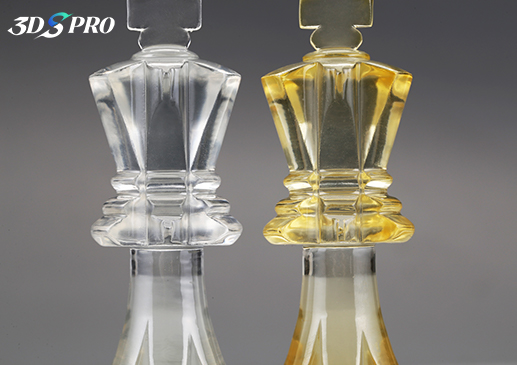
Why Does Yellowing Happen?
3D printed resin products can turn yellow for several reasons. Most of these reasons relate to the inherent properties of the resin material and external factors affecting it post-curing. Here are some of the primary reasons why resin parts might yellow:
UV Exposure
One of the most common reasons for yellowing in 3D-printed resin parts is prolonged exposure to UV light. Most 3D printing resins are UV-curable, meaning they harden or polymerize when exposed to UV light. However, continuous or prolonged exposure to UV radiation, even after the initial curing, can cause the resin to degrade and discolor over time.
Type of Resin
Not all resins are created in the same way. Some resins are more prone to yellowing than others. Clear resins, in particular, can be susceptible. On the other hand, there are resin UV-resistant or anti-yellowing resins available in the market that can provide improved longevity and clarity.
Incomplete Curing
If the resin part isn't fully cured during the post-processing phase, it can lead to yellowing. Incomplete curing can leave reactive components in the resin, which can subsequently react with light or environmental factors, causing discoloration.
Aging and Oxidation
Over time, the resin can undergo oxidation or other chemical changes that lead to yellowing. This is a natural aging process that can be exacerbated by environmental factors like oxygen, moisture, and heat.
Heat Exposure
Prolonged exposure to high temperatures can lead to yellowing in some resins, especially if they are not designed to handle such conditions.
Contaminants
If the resin is contaminated with foreign substances or not stored correctly, this can lead to discoloration. Ensure that the resin is kept in a cool, dry place and that it's used within its recommended shelf life.
Mixture with Inhibitors or Additives
Sometimes, resins may be mixed with certain inhibitors or additives that can change the resin's properties or behavior. Some of these additives might lead to yellowing over time or when exposed to specific conditions.
How to Prevent or Minimize Yellowing?
Although fully prevent yellowing is quite difficult, there are many ways to minimize it. Consider your use case and find the best one that matches your needs.
1. Opt for resins that has darker color, which will make yellowing less visible.
2. Look for resins that are specifically designed to be UV-resistant or have anti-yellowing properties.
3. Adding specific 3D Plus services and post-processing procedures that helps blocking sunlight. Painting is a common choice, and consider using UV protective coatings.
4. Ensure complete curing during the post-processing phase. 3DSPRO does this by default.
5. Limit prolonged exposure to UV light & sunlight by storing parts in a dark place.
6. Store resin properly and ensure it's free from contaminants. 3DSPRO does this by default.
7. Avoid exposing the resin product to extreme temperatures.
If you have a specific application in mind and are concerned about yellowing, feel free to chat with us or your service provider for recommendations on the most suitable resin for your case.













